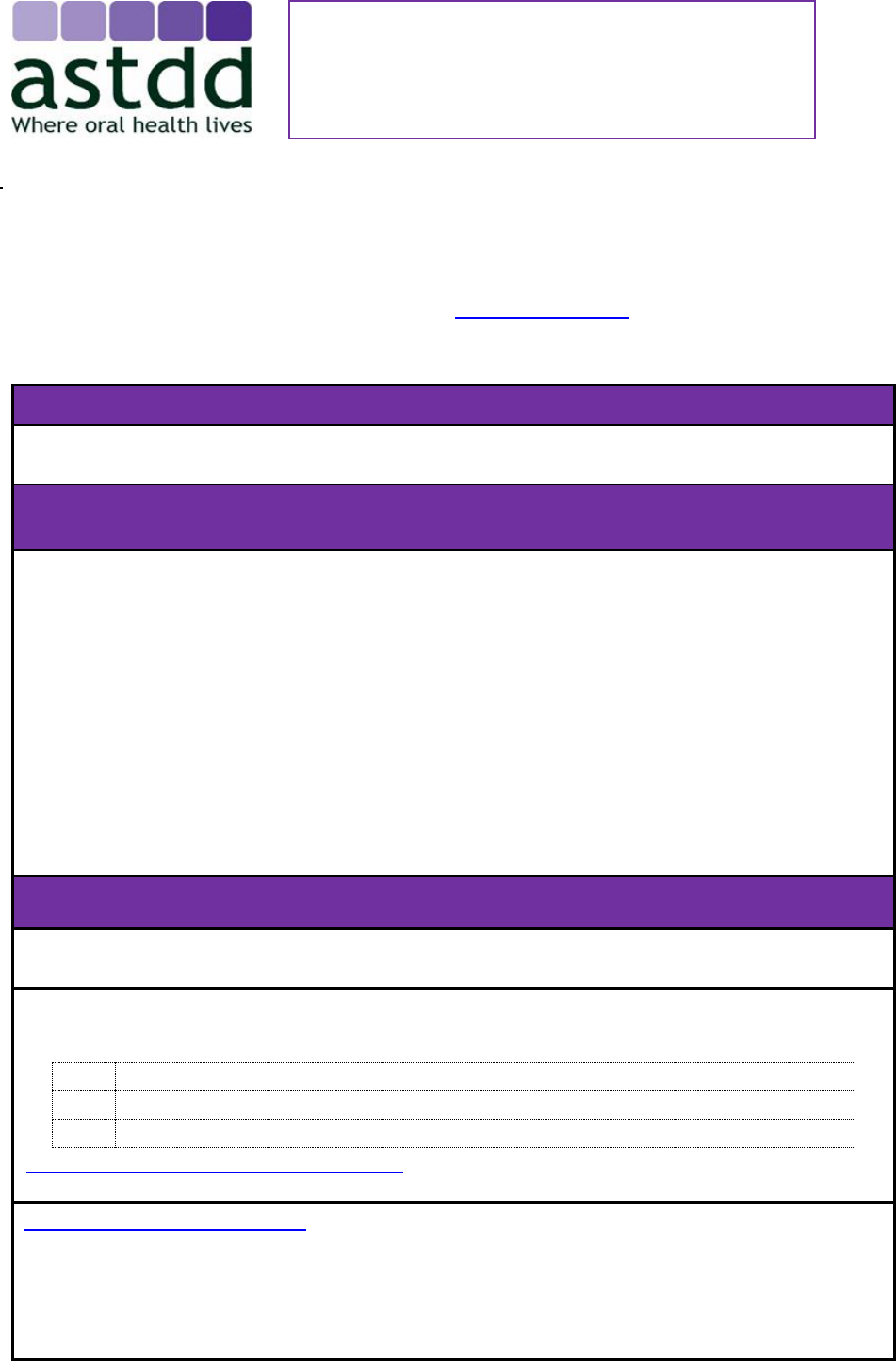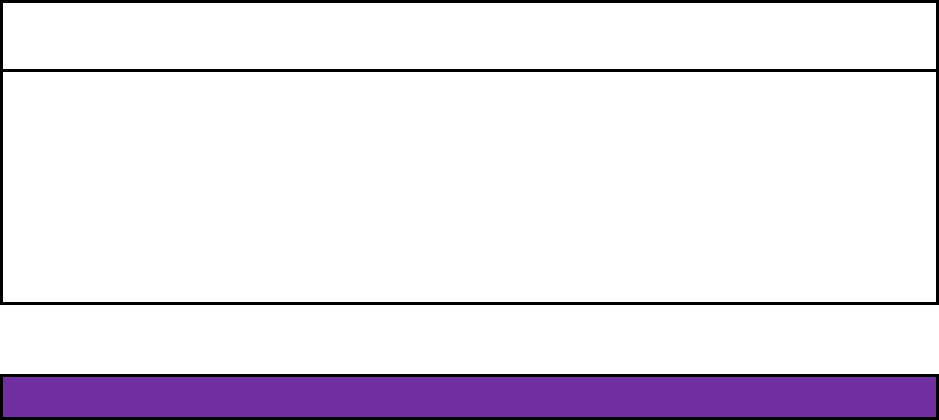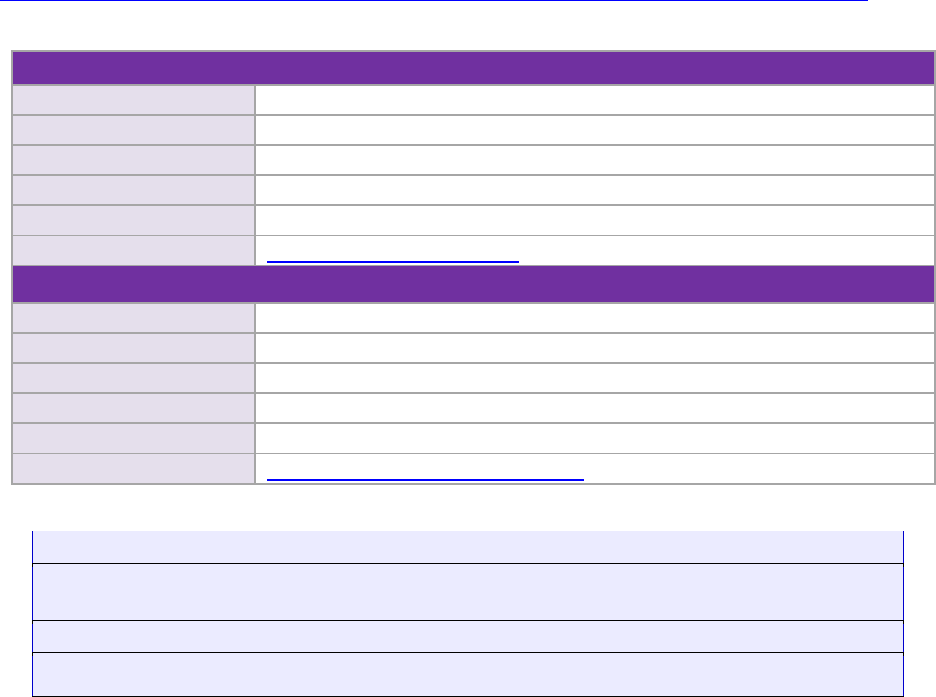
1
Revised January 2023
Please provide a description of your organization’s successful dental public health project by
completing this form. Add extra lines to the form as needed but stay within word limits.
Please return the completed form to Lori Cofano: [email protected]
Name of Project
2022 Oral Health Data Deck
Executive Summary
(250-word limit))
The Arkansas Oral Health Data Deck (AOHDD) project addresses the problem of diminished
data impact that can result when multiple datasets are made available from fragmented
sources. The AOHDD consolidates data from distinct national and state sources into one
streamlined document that aims to provide a comprehensive picture of oral health in
Arkansas.
Resources for the project include national and state-level data sources, such as Behavioral
Risk Factor Surveillance System (BRFSS), Pregnancy Risk Assessment Monitoring System
(PRAMS), Youth Risk Behavior Surveillance System (YRBSS), National Survey of Children’s
Health (NSCH), and Arkansas Basic Screening Survey (ArBSS); devoted staff time; and
funding from the Centers for Disease Control and Prevention Cooperative Agreement DP-18-
1810, State Actions to Improve Oral Health Outcomes.
Name of Program or Organization Submitting Project
Arkansas Department of Health Office of Oral Health
Essential Public Health Services to Promote Health and Oral Health in the United States
Place an “X” in the box next to the Core Public Health Function(s) that apply to the project.
X
Assessment
Policy development
Assurance
http://www.astdd.org/state-guidelines/
Project submissions will be categorized by the Core Public Health Functions on the ASTDD website.
Healthy People 2030 Objectives
List Healthy People 2030 objectives related to the project.
Increase the number of states and DC that have an oral and craniofacial health surveillance
system –OH-DO1
Dental Public Health Project
Descriptive Report Form

2
Revised January 2023
This information will be used as a data resource for ASTDD purposes.
Keywords for sorting the project by topic.
Provide three to five keywords (e.g., access to care, children, coalitions, dental sealants,
fluoride, policy, Medicaid, older adults, pregnant women, etc.) that describe the project.
Keywords are used to categorize submissions.
Surveillance, Outcomes, Data Dissemination, Communications
Detailed Project Description
Project Overview
(750-word limit)
1. What problem does the project address? How was the problem identified?
Although oral health affects systemic health, dental medicine has been segregated from
traditional medicine and the environments in which it is practiced. As a consequence, large-
scale, national surveys generally only capture partial components of oral health indicators. A
growing body of research is demonstrating that oral health is intrinsic to whole body health,
leading to increased interest in medical-dental integration. As a result, oral health data is
needed to inform and target public health interventions. Although most of the data from
these surveys are publicly available, they exist across a wide range of websites that may be
difficult to locate and are not always easy to interpret. The Arkansas Oral Health Data Deck
(AOHDD) consolidates data from distinct national and state sources into one streamlined
document that aims to provide a comprehensive picture of oral health in Arkansas.
2. Who is the target population?
This project provides oral health-related data to public health practitioners, health care
providers, professional and voluntary organizations, policy makers and the public. The
charts and graphs can be copied for use in other presentations or reports.
3. Provide relevant background information.
Data on various oral health indicators vary in both the populations surveyed and periodicity
of sampling. Oral health disparities exist among communities with no access to community
fluoridated water, school-based sealant programs, healthy foods, or transportation for dental
appointments. A major contributing factor of oral health disparity is a lack of dental
insurance, which reduces the ability to receive preventive services.
4. Describe the project goals.
The primary goal of the AOHDD is to provide a robust dataset highlighting the frequency of
oral heath preventive practices, risk factors, and outcomes, which can then be used to
initiate, inform, direct and/or leverage public health and private oral health programming.
The data sources include oral health indicators such as: the percentage of adults who
visited the dentist; percentage of adults who had permanent teeth extracted; percentage of
older adults who have no natural teeth; percentage of adults with diabetes who visited the
3
Revised January 2023
dentist; percentage of children who visited the dentist; pregnant women who visited the
dentist or had cleanings before their most recent pregnancy; Basic Screening Survey data
for third grade students; oral cancer incidence rates; and dental health professional
workforce data by geographic region. A secondary goal is to create a resource for oral and
public health stakeholders that informs the development of SMART goals and objectives for
their programming and interventions.
Resources, Data, Impact, and Outcomes
(750-word limit)
1. What resources were/are necessary to support the project (e.g., staffing, volunteers,
funding, partnerships, collaborations with other agencies or organizations)?
Access to state-specific oral health data, from state and national sources, is a necessary
component of this project. Access is often facilitated by internal and external partnerships
and collaborations. Funding is also a necessary resource. This project was supported by
funding from the Centers for Disease Control and Prevention through Cooperative
Agreement DP18-1810, State Actions to Improve Oral Health Outcomes.
Data sources for this project included State Health Department Programs in Oral Health,
Engineering, Geographic Information System, Health Statistics, and Epidemiology. Data
gathered from national sources, such as Behavioral Risk Factor Surveillance System
(BRFSS), Youth Risk Behavior Surveillance System (YRBSS), and the National Survey of
Children’s Health (NSCH).
2. What process measure data are being collected (e.g., sealants placed, people hired,
etc.)?
Though not a typical project with process measures linked to the project, the success of the
AOHDD is tied to its distribution and availability among stakeholders. The Arkansas
Department of Health’s Office of Oral Health (ADH OOH) printed 100 hard copies of the
AOHDD and shared them among the membership of the Arkansas Oral Health Coalition.
Data from the AOHDD and the resource itself was also used in presentations to the
Arkansas State Board of Dental Examiners, and to members of the Arkansas State Health
Improvement Plan workgroup. The AOHDD is available on the ADH OOH website. The ADH
OOH continues to use the AOHDD during discussions with state oral health stakeholders to
support evidence/data-based interventions.
How frequently are data collected?
The AOHDD is created/updated as new data are available based on the periodicity of the
surveys described below:
● The BRFSS is conducted every even year
● The YRBSS is conducted every odd year
● The NSCH is conducted annually
● The ADH PRAMS is an ongoing surveillance system
● The ArBSS is conducted every three to five years
3. How are the results shared?
The AOHDD is shared with internal and external oral health stakeholders including State Health
Department staff, coalitions, organizations, and the public in print and digital formats, including
4
Revised January 2023
links on the State Oral Health Program website. The charts and graphs can be copied for use in
other presentations or reports.
Budget and Sustainability
(500-word limit)
1. What is/was the budget for the project?
The budget included salary/fringe of the Oral Health Epidemiologist who curated, compiled,
and reviewed the data. The project came together in approximately 8 months, with an
estimated cost of $4,000 (~320 hours) attributed to salary/fringe of the staff. Other staff
outside of ADH OOH were responsible for reviewing the 2022 AOHDD, but their time on the
project was considered intra-agency support/contribution. Once the 2022 AOHDD was
finalized, 100 hard copies were printed though an in-house copy center.
2. How is the project funded (e.g., federal, national, state, local, private funding)?
The primary funding source for the 2022 AOHDD was the CDC DP18-1810 State Actions to
Improve Oral Health Outcomes Cooperative Agreement. This funding partially supported the
salary of the Oral Health Epidemiologist who prepared the report. The 2022 AOHDD was
reviewed by other staff outside of the ADH OOH whose salaries are funded by a variety of
sources, including federal grants and state general revenue. The 2022 AOHDD was printed
for distribution to internal and external stakeholders (Arkansas Oral Health Coalition,
Arkansas State Board of Dental Examiners, Arkansas State Health Improvement Plan
planning group) using CDC DP18-1810 funds. It is important to note that the data sources,
such as the BRFSS, that are included in the 2022 AOHDD are funded through a variety of
federal and state funds. These surveys are conducted independent of CDC DP18-1810
grant funding.
3. What is the sustainability plan for the project?
The sustainability of this project is also dependent on the continuity of the data sources
referenced within the AOHDD. The AOHDD will continue to be produced as funds are
available to provide partial salary support to an epidemiologist who can curate and compile
the data into an informative and functional document.
Lessons Learned
(750-word limit) )
(a) What lessons were learned that would be useful for others seeking to implement a
similar project?
a. When seeking to create a repository of useful oral health data, there are
numerous data sources that can be considered for inclusion. However, inclusion
of all available data is impractical and diminishes the audience’s ability to attend
to all dataset content. The ADH OOH’s priority was to develop a resource that
curated data on readily accessible oral health indicators that provided an
opportunity for intervention. Specifically, data that supported both behavioral and
systemic interventions such as hygiene behaviors and opportunities to address
access to care issues were prioritized over data or reports that may have been
based on financial interest or less-than- rigorous methods of collection and
analysis.
b. One data point considered for inclusion in the AOHDD was the value of reduced-
fee and free dental care [services not billed to insurance] provided throughout

5
Revised January 2023
Arkansas. While this information could be beneficial to evaluate in the short-term,
collecting this information posed many challenges as there is no central data
collection platform. In addition, the information collected would have a limited
shelf life, as locations and providers who offer free or reduced-fee care change
regularly. Another data source considered for inclusion in the AOHDD was the
Arkansas All Payer Claims Database (APCD). Arkansas’s APCD features
medical and dental insurance claims data for a variety of insurance providers;
however it does not include self-insured systems. Following ADH OOH
evaluation, these data sources were ultimately excluded from the AOHDD. Our
method for this—and similar future projects—is to begin with a clear idea of the
project’s overarching narrative, and allow that narrative [available, actionable
Arkansas-specific oral health data] to serve as a screening mechanism for
inclusion of the most pertinent data points.
(b) Any unanticipated outcomes?
a. N/A
(c) Is there anything you would have done differently?
a. N/A
Resources
List resources developed by this project that may be useful to others (e.g., guidelines,
infographics, policies, educational materials). Include links if available.
https://www.healthy.arkansas.gov/images/uploads/pdf/Oral_Health_Data_Deck_2022.pdf
Contact for Inquiries
Name:
Kerry Krell
Title:
Statewide Program Supervisor
Agency/Organization:
Arkansas Department of Health Office of Oral Health
Address:
4815 W. Markham St., Slot #18, Little Rock, AR 72205
Phone:
501-280-4186
Email:
Kerry.krell@arkansas.gov
Second Contact for Inquiries
Name:
Rachel Sizemore
Title:
Director
Agency/Organization:
Arkansas Department of Health Office of Oral Health
Address:
4815 W. Markham St., Slot #18, Little Rock, AR 72205
Phone:
501-280-4111
Email:
Rachel.sizemore@arkansas.gov
To Be Completed By ASTDD
Descriptive report
number:
05008
Associated BPAR:
State-based Oral Health Surveillance System
Submitted by:
Arkansas Dept. of Health Office of Oral Health

6
Revised January 2023
Submission file
name:
DES05008AR-oh-data-deck
Submission date:
July 2023
Last reviewed:
July 2023
Last updated:
July 2023
